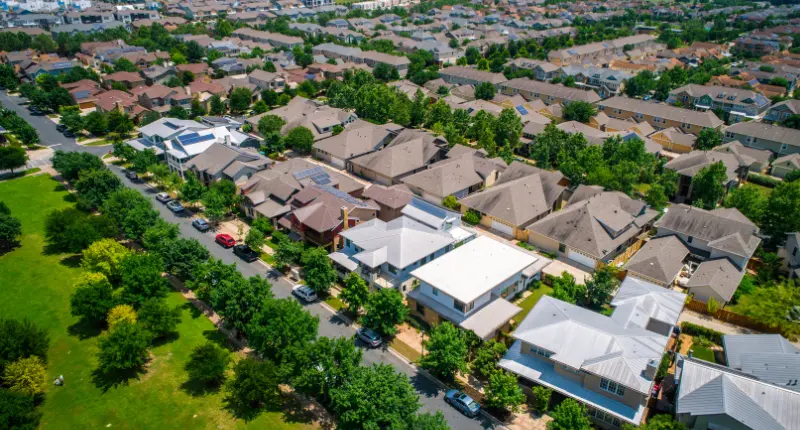- UDIA WA has addressed 'constraints', to facilitate provision of the diverse and affordable housing options in Perth.
- 25% of undeveloped urban zoned land in the Perth Metro Area is identified as being fundamentally constrained.
- A further 20% of undeveloped urban zoned or potential future urban land that has ‘other’ types of constraints.
The Urban Development Institute of Australia (UDIA WA) has launched a Development Ready Pipeline pilot project to investigate what future housing supply is realistically viable to bring to market over the next ten years.
The pilot, which focuses on the Perth Metropolitan Area, has made preliminary findings in relation to Perth’s residential housing pipeline and identified where there are fundamental constraints to delivering much needed housing to the market.
UDIA WA CEO Tanya Steinbeck said “The DRP is critically important to understanding future housing supply in Perth by calculating what land is actually available for residential development.
In the midst of a housing supply crisis, this has a significant impact on the future affordability of housing in Perth” she said.
“While there is land that is zoned for urban or future urban development, the reality is not all of that land can be developed into housing because there is a myriad of constraints that preclude it from being delivered,” Ms Steinbeck said.
Infill urban development in focus
The DRP project is looking at all areas across Perth, including both infill and greenfield areas, that are zoned for potential urban development.
Key findings from the initial pilot have revealed that approximately one quarter (24 per cent) of undeveloped urban zoned land in the Perth Metro Area is identified as being fundamentally constrained.
A further 18 per cent of all potential future urban land, such as land in planning investigation areas and zoned as urban deferred, is identified as fundamentally constrained.
“It is important to understand that ‘fundamentally constrained’ means that land is effectively sterilized from future development,” Ms Steinbeck said.
“UDIA WA calculates that equates to between 150,000 to 200,000 potential new homes that cannot be delivered to the market across Perth,” Ms Steinbeck said.
Fundamental constraints observed
The fundamental constraints that have been identified are primarily in relation to environmental or infrastructure constraints, including Bush Forever sites, floodways, school sites, rail corridors, service infrastructure easements and major roads.
“This is important information to take into account when we discuss Perth’s future growth given the State Government’s strategic plan for growth that predicts we need to accommodate 3.5 million people, which equates to 800,000 new homes,” Ms Steinbeck said. “We are not going to meet that target unless we address the constraints.”
Some wiggle room may filter to pipeline
In addition to the fundamentally constrained areas, the project has also identified a potential further 20 per cent of undeveloped urban zoned or potential future urban land that has ‘other’ types of constraints which will prove challenging to the delivery of new homes.
“That 20 per cent is where we need to focus our attention, as these ‘other’ constraints are more manageable if industry and government work together,” Ms Steinbeck said.
‘Other’ constraints include partial site coverage of remnant vegetation or State Forest, with additional challenges presented by fragmented land ownership, lack of service agency commitment or funding allocation for required infrastructure.
UDIA WA Steps in
UDIA WA has made several preliminary recommendations in relation to addressing those ‘other’ constraints, to facilitate provision of the diverse and affordable housing options we need to respond to accommodate Perth’s current and future population.
Initial recommendations include:
- Ensure a more collaborative and integrated approvals framework by re-establishing Planning’s leadership role in coordinating development outcomes and in resolving conflict across different government agencies.
- Re-establish an Infrastructure Coordination Committee to better align growth servicing capital works programs with development pipeline intentions.
- Develop a planning-led approach to environmental decision making.
- Harness UDIA’s DRP Program to drive greater cohesion between industry and government agencies and reveal the true state of development ready housing supply, forward dwelling yields and development constraints& challenges.
“Now that the pilot project has been launched, UDIA WA will be taking further steps to finalise a more detailed report for the Perth Metro Area that includes further data interrogation and several more forums with key stakeholders across the region,” Ms Steinbeck said.
“Our hope is that this project will assist with much needed coordination between approval and infrastructure agencies and help bring new housing to the market more efficiently and affordably which is a great outcome for home buyers,” Ms Steinbeck said.








